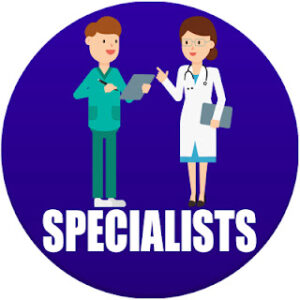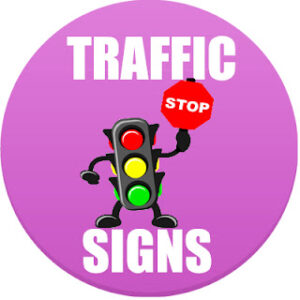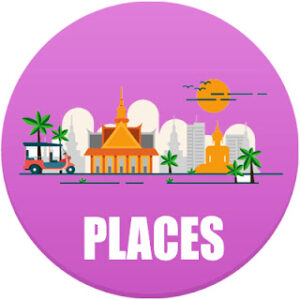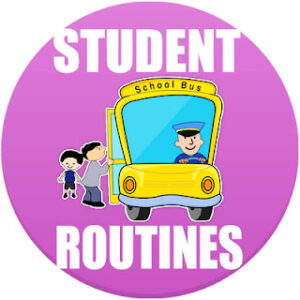Tag: The Society
-

Specialists in Spanish
Specialists in Spanish It’s time to learn how to name the specialists in Spanish translation. allergist- el alergista, el alergólogo anesthetist – el anestesista bacteriologist – el bacteriólogo cardiologist – el cardiólogo chiropractor – el quiropráctico dentist – el dentista dermatolotist – el dermatólogo endocrinologist – el endocrinólogo gastroenterologist – el gastroenterólogo gynecologist – el ginecólogo internist – el internista neurologist – el neurólogo…
-

Traffic Signs in Spanish
Traffic Signs in Spanish It’s time to learn how to pronounce the traffic signs in Spanish translation. Have you ever seen traffic signs in other language? Have you ever wondered what this language has to say about streets, directions, and road signs in general?. It is essential to know the traffic signs in Spanish, so…
-

Media in Spanish
Media in Spanish It’s time to learn how to pronounce the media in Spanish translation. Media plays an even greater role in the culture. How do you say media? The term “media” has several meanings, which can be explained below. It can refer to printed publications such as magazines, books, newspapers, and films. It can…
-

Places in Spanish
List of common places in Spanish It’s time to learn how to pronounce the places in Spanish translation. The vecindario o barrio is translated as neighborhood in English. As you progress through your Spanish lessons, you will undoubtedly be asked many questions regarding places to go in Spanish. How can you properly say the names…
-

Daily Routine for Kids in Spanish
Daily Routine for Kids in Spanish It’s time to learn how to pronounce the daily routine for kids in Spanish translation. The Student Routines Me levanto (I get up) Me lavo la cara(I wash my face) Me cepillo los dientes (I brush my teeth) Me afeito (I get shaved) Me…
-

Jobs in Spanish
What are the names of jobs in Spanish? It’s time to learn how to pronounce the jobs in Spanish translation. When learning Spanish as a second language, it’s very important to learn about the types of jobs because of various business transactions that can be done through the use of it. One common job in…
-

Transportation in Spanish
Mode of Transportation in Spanish This article is intended to give you a quick list of transportation in Spanish, and by doing so, you will be able to communicate more effectively. However, one of the best ways to learn quickly is through listening to podcasts. That’s why here we have listed for you the most…
-

Daily Activities and Routines in Spanish
Describing your daily routines in Spanish daily routines – rutinas diarias ¿Cómo se dice worker routines en español? Worker routines in Spanish translation: rutinas de trabajo. It’s time to learn how to pronounce the daily routines in Spanish translation. Enjoy the vocabulary about daily actions and activities. List of Daily Routines Yo me levanto(I get…